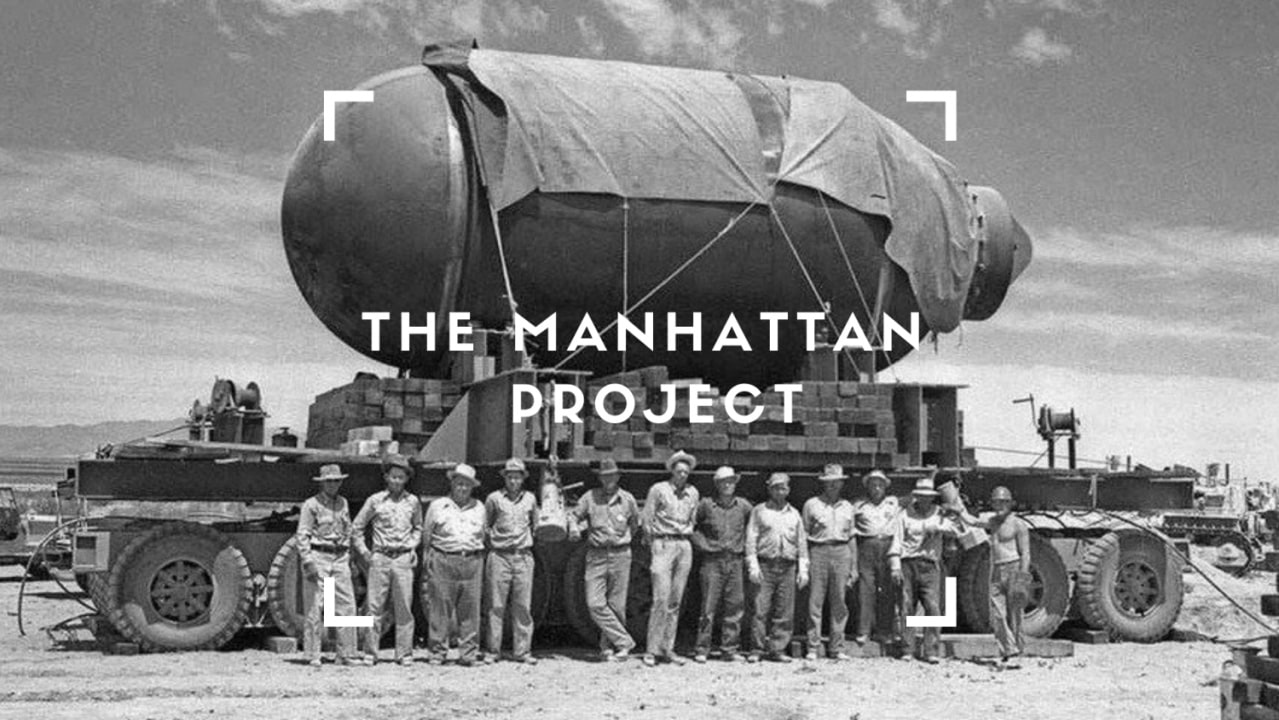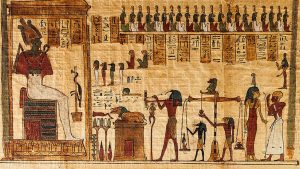
23 interesting facts about Manhattan Project
- 👁️ 1191
The Manhattan Project marks one of the most significant and controversial periods in scientific and military history, changing the course of World War II and altering the geopolitical landscape forever. Initiated in response to the threat that Nazi Germany would develop atomic weapons, the United States spearheaded this top-secret endeavor to harness atomic energy for military use. This massive project brought together some of the greatest minds in physics and chemistry, along with an extensive labor force, across multiple secret sites in the United States. The culmination of their efforts was the creation of the world’s first atomic bombs, used on the Japanese cities of Hiroshima and Nagasaki in 1945. Here are 23 interesting and informative facts about the Manhattan Project that shed light on its development, execution, and impact.
- The Manhattan Project began in 1939, with its name derived from the project’s initial location in Manhattan, New York.
- It was led by the United States with support from the United Kingdom and Canada.
- The project’s scientific director was J. Robert Oppenheimer, often called the “father of the atomic bomb.”
- Over 130,000 people were employed at its peak, yet the vast majority were unaware of the project’s actual purpose.
- The total cost of the Manhattan Project was about $2 billion, equivalent to over $23 billion in today’s dollars.
- The first successful atomic bomb test, codenamed “Trinity,” took place on July 16, 1945, in the New Mexico desert.
- The Trinity explosion had a yield equivalent to 20,000 tons of TNT.
- Uranium-235 and Plutonium-239 were the fissile materials used in the bombs developed.
- The project developed two types of bombs: a gun-type fission weapon and an implosion-type nuclear weapon.
- Hiroshima was bombed on August 6, 1945, with a uranium bomb nicknamed “Little Boy.”
- Nagasaki was bombed on August 9, 1945, with a plutonium bomb called “Fat Man.”
- These bombings led to Japan’s surrender on August 15, 1945, effectively ending World War II.
- Major research and production facilities were located in Los Alamos, New Mexico; Oak Ridge, Tennessee; and Hanford, Washington.
- Albert Einstein’s letter to President Franklin D. Roosevelt in 1939 helped initiate U.S. research into atomic energy.
- The Manhattan Project saw significant advancements in the field of nuclear physics and chemistry.
- It also led to the establishment of the Atomic Energy Commission in 1946, which later became the Department of Energy.
- The ethical and moral implications of atomic weaponry continue to be debated by scholars and the public.
- The project’s secrecy was maintained through censorship, code names, and misinformation.
- The “Voices of the Manhattan Project” is an oral history project that preserves the stories of Manhattan Project veterans and their families.
- Espionage efforts by the Soviet Union during the project led to significant breaches of nuclear secrets.
- The environmental and health impacts of the project, particularly in terms of radioactive contamination, have been subjects of study and concern.
- Commemorative sites, such as the Manhattan Project National Historical Park, have been established to educate the public about the project’s history and legacy.
- The project’s success propelled the United States into the Atomic Age, initiating a nuclear arms race during the Cold War.
The Manhattan Project remains a pivotal chapter in human history, showcasing the remarkable capabilities of scientific endeavor while also highlighting the profound ethical dilemmas posed by such powerful technologies. Its legacy is felt not only in the fields of science and military strategy but also in the ongoing discussions about nuclear proliferation, disarmament, and the responsibility that comes with wielding such destructive power. As we reflect on the Manhattan Project’s impact, it serves as a sobering reminder of the need for vigilance and moral consideration in the pursuit of scientific advancements.











